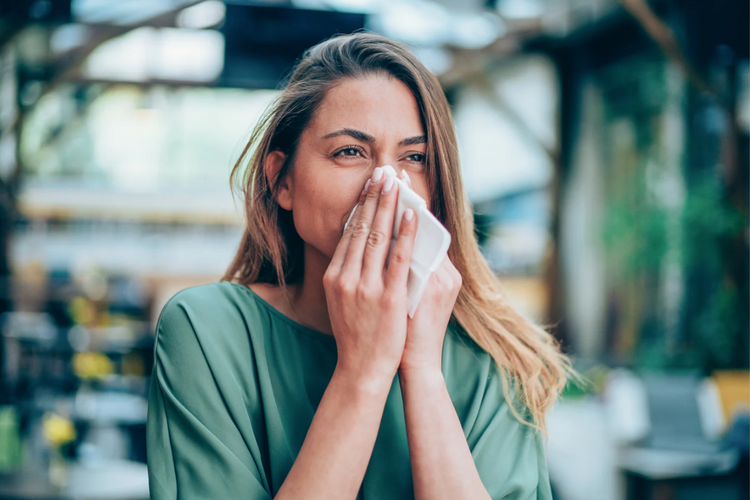12 Plants and Flowers to Avoid if You Suffer from Eye Allergies
It’s hard to determine what might be triggering your seasonal allergies when you’re indoors. Your home is clean, you have no pets, and the windows are closed, but your eyes are itchy and dry, and you can’t seem to make the symptoms go away?
It could be the bouquet of fresh daisies or sunflowers sitting on your dining table!
Whether you’re growing them in your garden, or you’ve just brought in a bright bouquet from the market, it’s important to remember that some flowers and indoor plants produce more pollen than others and should be avoided by allergy sufferers.
What side effects and eye problems can hay allergies have on the eyes?
Hay fever, also called allergic rhinitis, is a common reaction with similar symptoms to a cold, but with overarching nasal symptoms that link to dry, red, irritated, or puffy eyes caused by such substances as pollen Allergic conjunctivitis is the term doctors use to describe specifically eye inflammation caused by allergies. Both can be caused by the same outdoor and indoor allergens, especially during allergy season.
Some symptoms include:
- Red, irritated eyes
- Intense itching of the eyes
- Tearing or runny eyes
- Swollen eyelids
- Watery or white stringy mucous discharge
- Sore eyes and eyelids
- Burning or pain
- Photosensitivity
How to determine which plant is causing your allergic reaction.
Why do some flowers and plants cause such bad seasonal allergies? Many are separated into male and female flowers living on the same plant. That means the males must expel out their pollen to reproduce, so these are the types of plants that will usually produce the strongest allergic reactions.
To avoid this, search for what are considered “perfect flowers.” These are plants that have female and male reproductive parts present in every flower. That means no pollen is required to travel by air and that means no pollen allergies.
Most yard and potted plants and trees operate on the same principles, even if their flowers aren’t showy enough for a bouquet.
Ferns are an unsuspecting culprit of allergic reactions. Ferns project their spores through the air to reproduce, much like pollen. These spores are the third most common airborne particles causing allergic reactions. Now recognized as some of the most important aeroallergens in tropical countries, but their ability to thrive indoors in colder climates makes them formidable allergy triggers.
Whether you’re growing them seasonally in your yard or in a pot, or if you’ve received a bouquet from a loved one, try to avoid or swap out some of the flowers below for more hypoallergenic options.
If you have allergies, avoid these flowers:
- Daisies and chamomiles
- Chrysanthemums
- Sunflowers
- African violets
- Orchids
- Baby’s breath
Try these instead:
- Carnations
- Hydrangeas
- Peonies
- Roses
- Tulips
- Irises
Food for thought: Pay attention to the types of honey you’re ingesting! While considered very healthy, it’s common for honey to be contaminated with pollen, potentially leading to pollen allergy symptoms.
If you have allergies, avoid these plants:
- Jasmine
- Ferns
- Palm trees and yuccas
- Juniper
- Wisteria
- Cypress and cedar
Try these plants, shrubs, or trees instead:
- Dracaena
- Philodendron
- Snake Plant
- Bamboo, areca and lady palms
- Peace Lilies
- Magnolias
- Boxwood
Remember that it’s easier to remove or avoid certain allergens than others. Research your favourite plants and flowers to see if they’re the right choice to have around this allergy season.
If you’re dealing with allergy symptoms of dry, itchy eyes or swelling, it’s important to have your optometrist take a look. Book an appointment at your local FYidoctors clinic today.
Contact lens wearer? Try the lenses designed for allergies and dry eyes: ACUVUE® Theravision® antihistamine contact lenses, available exclusively at FYidoctors.

